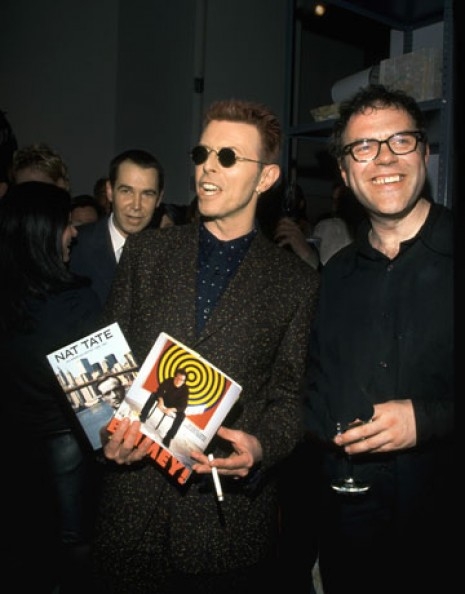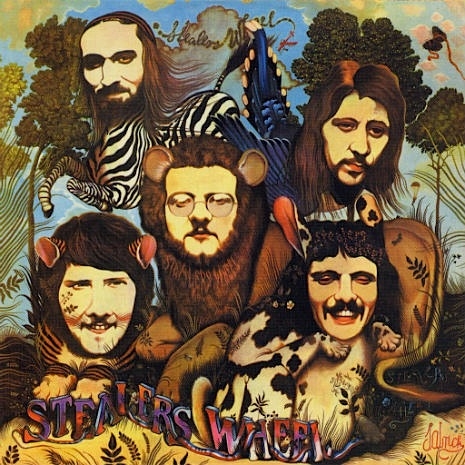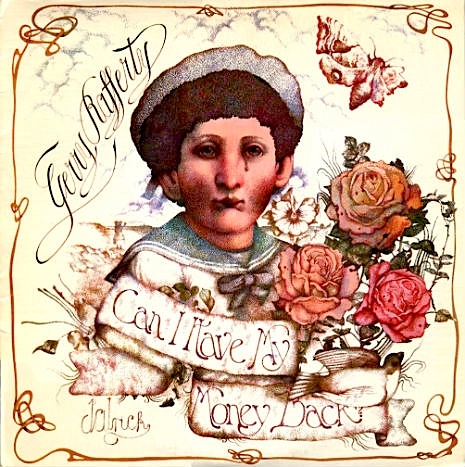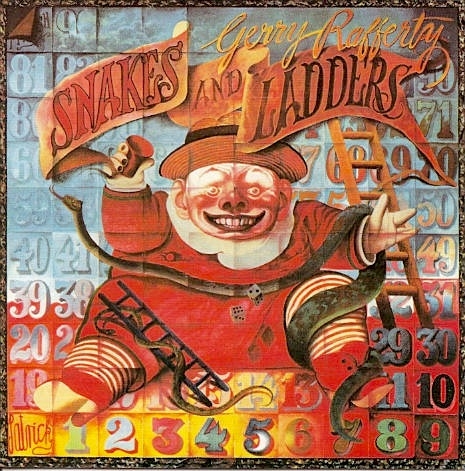
April Fool’s Day 1998, David Bowie hosted a party, at Jeff Koon’s studio in Manhattan, for the launch of William Boyd’s biography of the Abstract Expressionist painter, Nat Tate. As Boyd describes in Harper’s Bazaar, the book, Nat Tate: An American Artist: 1928—1960 was, :
...full of photographs and illustrations, and it was written by [William Boyd]. Nat Tate was a short-lived member of the famous New York School, which flourished in the late 1940s and 1950s and included such luminaries as Jackson Pollock, Franz Kline, and Willem de Kooning. Tate committed suicide in 1960 by jumping off the Staten Island Ferry (his body was never found) after having burned 99 percent of his life’s work during the last weekend of his life.
It was a coup for the author Boyd to have uncovered this forgotten and ignored artist. He gave interviews to the major dailies, the BBC and alike, and had extracts serialized in the Sunday Telegraph. All well and good, except, Nat Tate had never existed, and Boyd’s book was a hoax.
When I first heard about Nat Tate, from keen researchers suggesting a possible doc, it struck me as bogus. I thought this for two reasons: firstly, I’d just read a weighty tome on Jackson Pollock, which made no mention of this genius Tate. Secondly, and more importantly, it was the name Nat Tate, which sounded more like a Folk singer or a Blues percussionist than a painter. Nat Tate is overly familiarly, and moreover, if he had been an Abstract Expressionist, it would have been Nathaniel Tate, as de Kooning was William and not Bill. Smart ass, maybe, but you see, I’d been regularly writing hoax letters to newspapers under various names (Elsie Gutteridge (Mrs)., Edna Bakewell, Ian M. Knowles, The Reverend Desmond Prentice, Richard Friday and Bessie Graham) since I was a 12, and if these seemed hollow to the ear, then, for me, Nat Tate just didn’t ring true.
Okay, my quibbling dickheadery aside, Boyd had worked hard on making Tate “real”, as he told Jim Crace in the Guardian last year:
“I’d been toying with the idea of how things moved from fact to fiction,” says Boyd, “and I wanted to prove something fictive could prove factual. The plan had been to slowly reveal the fiction over a long period of time, but it didn’t really work like that.”
It took Boyd a couple of years to construct Tate’s persona. It wasn’t so much the framework – the reclusive genius who, conveniently, destroyed almost all of his own work and who killed himself at the age of 32 in 1960 – as the details that took the time. “Much of the illusion was created in the details, the footnotes and in getting the book published in Germany to make it look like an authentic art monograph,” he says.
“I went to a lot of trouble to get things right. I created the ‘surviving’ artworks that were featured in the illustrations and spent ages hunting through antique and junk shops for photos of unknown people, whom I could caption as being close friends and relatives.”
It was a good literary hoax, reminiscent of playwright and artist, John Byrne‘s faux naif painter, Patrick, who Byrne created after he failed to sell his own paintings to London galleries during the 1960s. Byrne claimed Patrick was his father, a self-taught artist, whose his fake paintings proved so successful with critics and cognescenti, they led to a major London show, and a memorable commission from The Beatles.

Boyd went further with his creation, as he managed to get David Bowie, Gore Vidal and Picasso’s biographer, John Richardson, in on the act.
“None of them needed much persuasion,” Boyd laughs, “and they all went further that I would have dared ask them. Bowie gave a quote for the front jacket that Tate was one of his favourite artists and that he owned one of his few surviving works.
“Vidal allowed himself to be quoted in the book saying, ‘Tate was essentially dignified, though always drunk and with nothing to say,’ while Richardson told of how Tate had been having lunch with Picasso when he came to visit. It was these details that made it. People stopped wondering why they hadn’t heard of Tate when Vidal, Picasso and Richardson started appearing.”
The best was saved till last. At the launch party for the book at Jeff Koons’ studio in Manhattan, David Lister, the then arts editor of the Independent who was also in on the hoax, spent the evening asking guests what they remembered about Tate. A surprising number seemed to have attended one of his rare retrospectives in the late 60s and everyone lamented how sad they were he had died so young.
The hoax was so good, in fact, that Lister couldn’t stop himself from letting everyone know. “I was pissed off,” says Boyd, “because we had the London launch planned for the following week at a trendy restaurant called Mash, and we were going to repeat the experiment. I’d already done a large number of interviews with British radio, TV and print journalists – who shall remain nameless – and they’d all been taken in. But by the time their copy appeared they all swore blind they knew it was a hoax.
But Boyd’s point was made. And weirdly Tate continues to have a meta-life more real than the rest of us. Tate has now been the subject of three documentaries and has made a walk-on appearance in another fictional memoir, Boyd’s Any Human Heart. His art also lives on. “It’s strange,” says Boyd, “because whenever a friend gets married I always seem to find another Tate in the attic. I’m almost tempted to take one along to Christie’s and see what it sells for.” And most of us would love to buy one. Because some things are too good not to be true.
Boyd writes about the Nat Tate hoax in this month’s Harper’s Bazaar.












